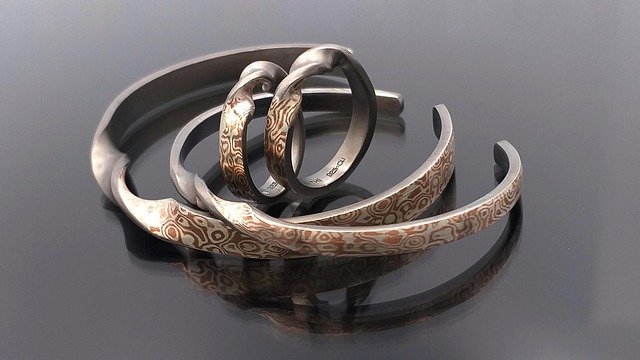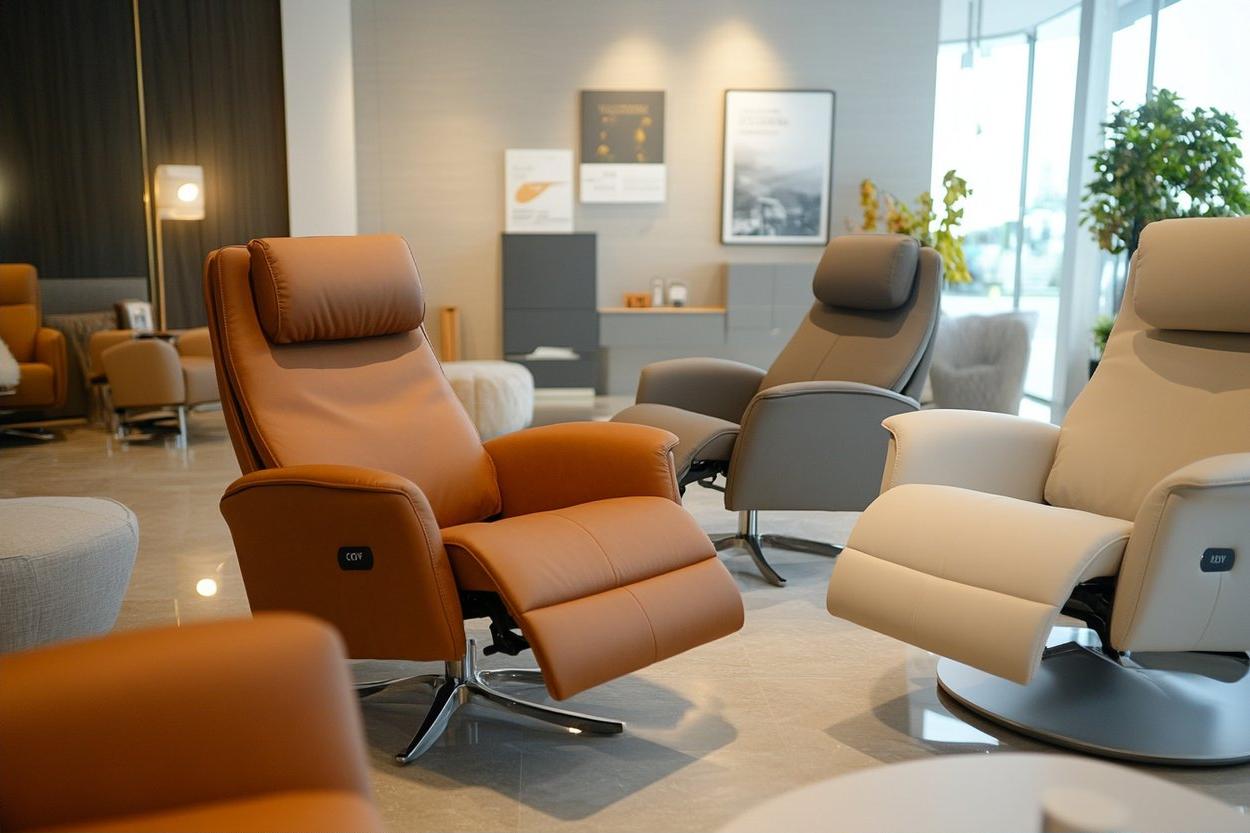Learn More About Linoleum and Vinyl Floorings
Linoleum and vinyl floorings remain top choices for those seeking a mix of function and design. This article explains their main differences, where each performs best, and what to consider for long-term durability and comfort. These materials combine easy maintenance with modern design—ideal for homes, offices, and busy spaces. Learn more about how they compare in comfort, cost, and care.

Linoleum and vinyl flooring remain popular choices for homeowners seeking durable, cost-effective flooring solutions. Though frequently mistaken for one another, these materials have unique compositions, benefits, and applications. Linoleum is made from natural materials including linseed oil, pine resin, and wood flour, making it an environmentally friendly option. Vinyl flooring, meanwhile, is synthetic and primarily composed of PVC (polyvinyl chloride), offering exceptional water resistance and versatility. This comprehensive guide explores both options to help you make an informed flooring decision.
Types of Linoleum and Vinyl Floors
Linoleum comes in several forms, with sheet linoleum being the most traditional. This seamless option is ideal for areas where moisture resistance is crucial. Linoleum tiles and click-lock planks offer easier installation options for DIY enthusiasts. The material typically features through-body coloration, meaning patterns and colors run throughout the material rather than just on the surface.
Vinyl flooring offers even more variety. Luxury vinyl tile (LVT) and luxury vinyl plank (LVP) have become increasingly popular for their realistic wood and stone appearances. Sheet vinyl provides a seamless, waterproof surface ideal for bathrooms and kitchens. Vinyl composite tile (VCT) offers commercial-grade durability at a lower price point. Rigid core vinyl, including SPC (stone plastic composite) and WPC (wood plastic composite), provides enhanced stability and often includes integrated underlayment for added comfort and sound reduction.
Installation and Maintenance Tips
Installation methods vary across linoleum and vinyl products. Sheet linoleum typically requires professional installation with full-spread adhesive, while click-lock linoleum can be installed as a floating floor. Proper acclimation (usually 24-48 hours) is essential before installation to prevent buckling or gaps later.
Vinyl installation ranges from simple peel-and-stick options to click-lock systems and glue-down methods. Many modern vinyl products feature user-friendly installation systems that make them suitable for DIY projects. Proper subfloor preparation is crucial for both materials—the surface must be clean, dry, and level to ensure a successful installation.
Maintenance requirements differ slightly between these flooring types. Linoleum benefits from occasional waxing to maintain its protective surface, while vinyl generally requires only regular sweeping and damp mopping with a manufacturer-approved cleaner. Both materials should be protected from excessive moisture, direct sunlight, and heavy furniture indentation with appropriate pads and rugs.
Design and Comfort Considerations
Both linoleum and vinyl offer extensive design possibilities. Linoleum’s patterns and colors penetrate through the entire thickness, creating a distinctive aesthetic that many designers appreciate. Modern manufacturing techniques have expanded linoleum’s color palette and pattern options, though they typically have a more natural, matte appearance.
Vinyl flooring excels in mimicking other materials, with high-definition printing creating remarkably realistic wood, stone, and tile appearances. Some premium vinyl products incorporate embossed-in-register technology, where the texture perfectly aligns with the visual pattern, enhancing realism. Vinyl generally offers more design versatility, from classic to contemporary styles.
Comfort underfoot varies between products. Higher-quality vinyl often includes cushioned backing for better comfort and sound absorption. Linoleum provides natural warmth and slight cushioning. Both materials can be installed over radiant heating systems with proper guidelines, though temperature limitations may apply.
Performance and Durability Factors
Linoleum and vinyl differ significantly in their performance characteristics. Linoleum typically lasts 25-40 years when properly maintained, developing a desirable patina over time. It’s naturally antimicrobial and resistant to static electricity but may be susceptible to water damage if not properly sealed or if exposed to standing water for extended periods.
Vinyl flooring generally offers superior water resistance, making it ideal for bathrooms, kitchens, and basements. Its lifespan varies by product quality, ranging from 5-20 years for standard vinyl to 20+ years for premium luxury vinyl products. The wear layer thickness (measured in mils) is a key indicator of vinyl’s durability—commercial-grade products typically feature wear layers of 20 mils or greater.
Both materials resist staining when properly maintained, though vinyl typically offers easier spot cleaning. Linoleum may require periodic resealing to maintain its resistance to moisture and staining, particularly in high-traffic areas.
Environmental Impact and Health Considerations
Linoleum stands out for its environmental credentials. Made primarily from renewable materials like linseed oil, pine resin, and cork dust, it’s biodegradable and produces minimal VOCs (volatile organic compounds) after installation. Many linoleum products carry environmental certifications like Greenguard Gold or FloorScore.
Vinyl flooring has historically raised environmental concerns due to its PVC content, but manufacturers have made significant improvements. Many modern vinyl products now offer low-VOC or VOC-free options, and some companies have implemented recycling programs for post-consumer vinyl flooring. Certifications like FloorScore help consumers identify products with lower environmental impact.
For health-conscious consumers, it’s worth noting that linoleum naturally resists bacteria and microorganisms due to the ongoing oxidation of linseed oil, which has antimicrobial properties. Some vinyl products incorporate antimicrobial treatments in their wear layers for similar benefits.
Cost and Value Comparison
Linoleum and vinyl flooring span various price points depending on quality, brand, and format. Sheet linoleum typically ranges from $2.50-$5.00 per square foot for materials alone, while installation adds approximately $3.00-$5.00 per square foot. Premium linoleum tiles may cost $3.50-$6.00 per square foot for materials.
Vinyl flooring offers options at nearly every price point. Basic sheet vinyl starts around $0.50-$2.00 per square foot, while mid-range luxury vinyl planks cost $2.00-$5.00 per square foot. Premium rigid core vinyl products with enhanced features can range from $4.00-$7.00 per square foot for materials. Installation costs vary by product type, from $2.00 per square foot for simple peel-and-stick tiles to $5.00 per square foot for complex installations.
| Flooring Type | Material Cost (per sq ft) | Installation Cost (per sq ft) | Lifespan | Best Applications |
|---|---|---|---|---|
| Sheet Linoleum | $2.50-$5.00 | $3.00-$5.00 | 25-40 years | Living areas, kitchens |
| Linoleum Tiles | $3.50-$6.00 | $2.50-$4.50 | 25-40 years | Throughout home |
| Sheet Vinyl | $0.50-$2.00 | $2.00-$3.50 | 5-15 years | Bathrooms, utility rooms |
| Luxury Vinyl Plank | $2.00-$5.00 | $2.50-$4.50 | 10-25 years | Throughout home |
| Rigid Core Vinyl | $4.00-$7.00 | $3.00-$5.00 | 15-25+ years | High-traffic areas |
Prices, rates, or cost estimates mentioned in this article are based on the latest available information but may change over time. Independent research is advised before making financial decisions.
When considering long-term value, factor in both initial costs and expected lifespan. While linoleum typically has a higher upfront cost, its longer lifespan may provide better value over time. Vinyl offers lower initial investment and excellent performance in moisture-prone areas, making it particularly cost-effective for bathrooms, basements, and rental properties.
Both linoleum and vinyl flooring offer practical, attractive options for modern homes. Your choice ultimately depends on your specific needs, budget, design preferences, and environmental concerns. By understanding the unique characteristics of each material, you can select the flooring that best suits your lifestyle and space requirements.




